Japanese history is interesting to learn. Not only does it help you understand the country better, it also makes learning Japanese culture and travelling in Japan more interesting as you know the story behind it.
Japanese history can be roughly divided into 5 main periods: primitive/ancient, mediaeval, early modern, modern and present. This article is a summary of Japanese history as we follow the Japanese history timeline and introduce each Japanese historical period and the major characteristics of each era. It also summarises the people who played important roles in politics, domestic and international conflicts, and developed Japanese culture. It’ll make for a fun and educational read.
Table of Contents
- Primitive and Ancient Japan [B.C. to around 1200 B.C.]
- The Middle Ages in Japan [around 1200-1600]
- The Early Modern Japanese Period with Edo Shogunate [1603-1867]
- Westernization and War in the Modern Period [1868-1945]
- Present Age Japan with Various Subcultures [1945~]
- To Close
Primitive and Ancient Japan [B.C.to 1200 A.D.]

Primordial or primaeval (原始 genshi) refers to the period from BC to 400 AD, and ancient (古代 kodai) refers to the period from 400 to 1200 AD. In primitive Japan, people’s lives subsisted on hunting. Rice cultivation was only introduced from China in the 200s BC, and subsequently spread throughout Japan.
Earthenware and Dwellings Appear [Jomon period]

The Jomon period (縄文時代) is the first period in Japanese history, so named after “Jomon pottery (縄文土器)” made by the people of that time.
This was a time when people began to use earthenware to store food and stone tools for hunting. Buildings dug into the ground called “pit dwellings (竪穴式住居)” also appeared, and people began settling down. It marked an era of major changes in lifestyle and culture.
Beginning of Rice Cultivation [Yayoi period]
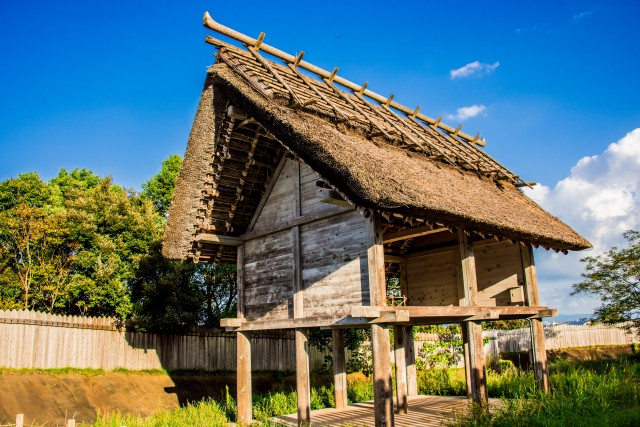
The Yayoi period (弥生時代) is from 400 BC to the late 300s AD, so named after thin “Yayoi pottery (弥生土器)” used at that time. People who used to be hunters and foragers started and developed rice farming, which gave them a stable supply of food.
This is a period when settlements and small countries were formed, as well as conflicts for more land.
Start of the Yamato Regime [Kofun period]
![Start of the Yamato Regime [Kofun period]](https://d33q3w9egdsblz.cloudfront.net/guide/articles/9901/guide%E3%83%AA%E3%83%A9%E3%82%A4%E3%83%88_ja_6510_4.jpg)
The “kofun (古墳)” in Kofun period (古墳時代) refers to ancient burial mounds or tombs of those in power. From the late 300s, huge tombs were built in an area called “Yamato (大和)” located in the Kinki region. For this reason, it was believed that the powers gathered in Yamato gave power to the Yamato Court (大和政権). Among them, the most powerful Ookimi (大王) later came to be called Emperor (天皇). A ruling system based on social status was established and a slave society continued for some time.
Enforcement of the First Law and Exchanges with China [Asuka/Nara period]
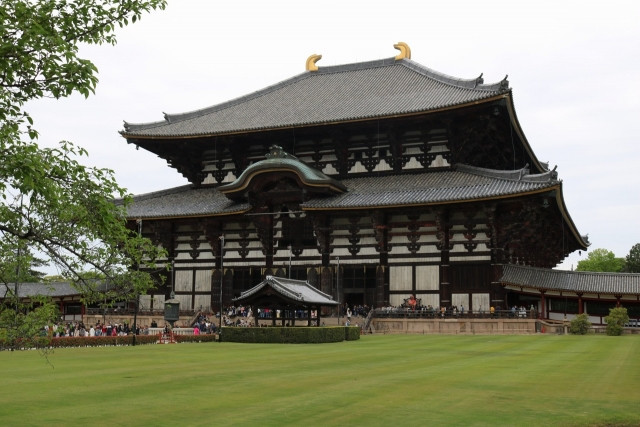
The Asuka (飛鳥時代) and Nara periods (奈良時代) saw the introduction of various cultures and systems from China and Korea. The Taiho Code (大宝律令), completed in 701, was based off China’s own “administrative and civil code (律令 ritsuryo)”. It was the first law in Japan to have a complete set of administrative, civil and criminal laws.
Craftsmen from China and Korea also contributed to the construction of the Todaiji Temple in Nara. The temple was built to pray for the prosperity of the country and peace among people.
The Asuka and Nara periods can be regarded as a time when Japan started developing its own culture while being influenced by the continent.
Political Power Shifts from Aristocrats to Samurai [Heian period]
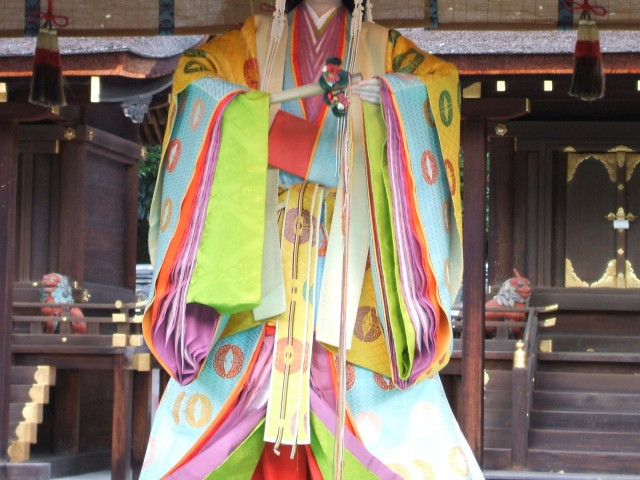
The Heian period (平安時代) refers to the period from 794 to 1185. It was a period when the power of nobilities grew, prompting them to establish a political centre called “Heian-kyo (平安京)” in Kyoto.
While the elegant Heian culture flourished, local governance became neglected, which led to rebellions by the samurai. The Heian period, when nobility ruled politics, came to an end as samurai rose to power in various regions.
Writer's Pick
The Middle Ages when Samurai Were Born [1200~1600]
![The Middle Ages when Samurai Were Born [1200~1600]](https://d33q3w9egdsblz.cloudfront.net/guide/articles/9901/guide%E3%83%AA%E3%83%A9%E3%82%A4%E3%83%88_ja_6510_7.jpg)
The Middle Ages, or mediaeval period, in Japan refers to the period around 1200 to 1600. It is during this period that “bushi (武士)”, known overseas as “samurai”, began to rule the country. It can be seen as an era of dual power, with the “Imperial Court (朝廷)” centering on the emperor, and the “Bakufu (幕府)”, known overseas as “shogunate”, consisting of samurai warriors.
Bakufu was Established for the First time [Kamakura period]
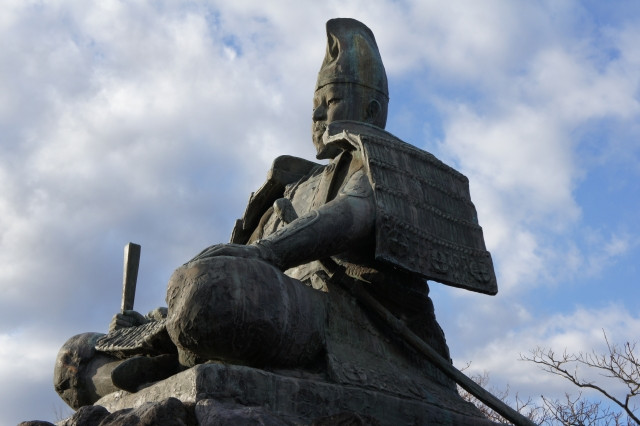
The Kamakura period (鎌倉時代) lasted for about 150 years, from 1185 to 1333, after Minamoto no Yoritomo (源頼朝) established the shogunate (“bakufu” in Japanese) in Kamakura City, Kanagawa Prefecture in 1185.
The Imperial Court, which had conducted politics prior to the Kamakura period, lost in a power struggle losing momentum, and politics was taken over by the samurai. Subsequently, political power shifted to the regent who was assistant to the shogun, and the regime stabilised. However, in the late Kamakura period, the regency’s government control declined due to the Mongol invasion.
You can read more about the Kamakura Period in A Look Into the Past: The Kamakura Period.
War-torn World [Muromachi/Azuchi-Momoyama period]

The Ashikaga clan came to power in the Muromachi period (室町時代). Politics stabilised and traditional cultures such as tea ceremony and flower arrangement were born. However, the Muromachi Shogunate lost control after the Onin War (応仁の乱) that broke out in the late Muromachi period (1467 to 1477).
In the Azuchi-Momoyama period (安土桃山時代), various warlords in different areas of the country sought to unify Japan through repeated battles against one another. The Azuchi-Momoyama period, also known as the Sengoku period (戦国時代), saw the emergence of warlords such as Oda Nobunaga (織田 信長) and Hideyoshi Toyotomi (豊臣 秀吉).
Early Modern Period when the Edo Shogunate Ruled Japan [1603-1867]
![Early Modern Period when the Edo Shogunate Ruled Japan [1603-1867]](https://d33q3w9egdsblz.cloudfront.net/guide/articles/9901/guide%E3%83%AA%E3%83%A9%E3%82%A4%E3%83%88_ja_6510_10.jpg)
The Edo Shogunate (江戸幕府 edo bakufu) ruled Japan for a period of some 260 years from 1603 to 1867, when power was restored to the Emperor.
The Edo Shogunate imposed a state of seclusion, prohibiting the arrival of Christians from Spain and Portugal, and the departure of Japanese nationals to Southeast Asia. As a result, Japan only had exchanges with a limited number of countries, such as the Netherlands and China.
On the other hand, various aspects of Japanese culture flourished, particularly in Edo (where the shogunate was established), Osaka (where commerce flourished), and Kyoto (where the Imperial Court remained). Kabuki, puppet theatre (人形浄瑠璃 ningyo joruri), the national sport of Japan sumo, and ukiyo-e prints that influenced Western painters, were all developed during the Edo period.
Westernisation and Major Wars in the Modern Period [1868-1945]
![Westernisation and Major Wars in the Modern Period [1868-1945]](https://d33q3w9egdsblz.cloudfront.net/guide/articles/9901/guide%E3%83%AA%E3%83%A9%E3%82%A4%E3%83%88_ja_6510_11.jpg)
The early modern period (近代 kindai) is considered to have started in 1868, when a movement to overthrow the Edo Shogunate, called the Meiji Restoration (明治維新), took place. This was a period of great change in Japanese society as it adopted Western culture. While technology and the economy progressed, it was also a disturbing time with many wars.
Scholars have differing opinions on when the modern era in Japan ended, but it is generally considered to be the year 1945, when World War II ended.
Restoration of Imperial Rule & Birth of the Prime Minister Role [Meiji Era]
![Restoration of Imperial Rule & Birth of the Prime Minister Role [Meiji Era]](https://d33q3w9egdsblz.cloudfront.net/guide/articles/9901/guide%E3%83%AA%E3%83%A9%E3%82%A4%E3%83%88_ja_6510_12.jpg)
In response to the United States’ request to open the country, the Edo Shogunate ended the country’s isolation. In addition to that, the emergence of forces seeking to overthrow the Shogunate resulted in the「大政奉還 taisei houkan」, “the return of imperial power”. And thus, the Meiji period (明治時代) began in 1868.
Following the dissolution of Japan’s isolation, the country rapidly modernised with Western countries as its model. A cabinet system was introduced into politics and the first Japanese Prime Minister was born.
Taisho Democracy & World War I [Taisho period]
![Taisho Democracy & World War I [Taisho period]](https://d33q3w9egdsblz.cloudfront.net/guide/articles/9901/guide%E3%83%AA%E3%83%A9%E3%82%A4%E3%83%88_ja_6510_13.jpg)
The Taisho period (大正時代) lasted from 1912 to 1926. Although it was the shortest period in Japanese history, it was marked by a number of events, including World War I in 1914 and the Great Kanto Earthquake of 1923.
It was also the period of so-called “Taisho Democracy” that called for liberalism and democracy. Movements took place following a demand for politics that reflects the will of the people, calls for improvement of workers and women’s status, and campaigns for the right to receive free education.
World War II Break Out [early Showa period]
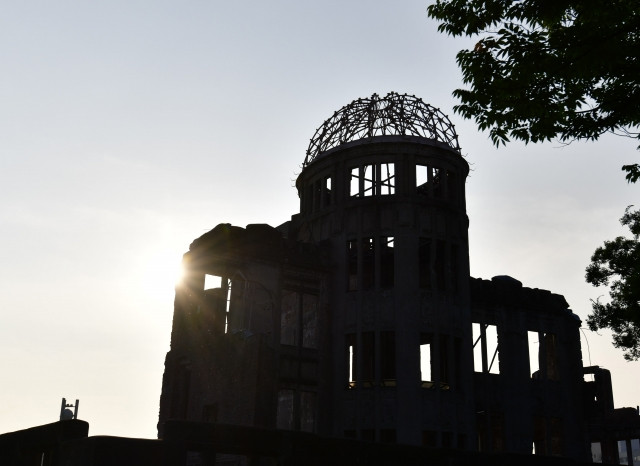
The Showa period (昭和時代) lasted from 1926 to January 7, 1989. In the early Showa period, the recession that continued from the Taisho period worsened, and people’s lives became more difficult.
This was also the period of the Sino-Japanese War and the Pacific War. In 1945, Japan was defeated by the Allied Forces in World War II and came under the control of GHQ, which consisted mainly of American forces.
Economy and Youth Culture Developments in the Present Age [1945~]
![Economy and Youth Culture Developments in the Present Age [1945~]](https://d33q3w9egdsblz.cloudfront.net/guide/articles/9901/guide%E3%83%AA%E3%83%A9%E3%82%A4%E3%83%88_ja_6510_15.jpg)
After World War II, Japan reviewed its constitution following its defeat in the war, and political sovereignty shifted from the emperor to the people.
After the end of the war, Japan went through a period of rapid economic growth and social globalisation. However, when looking at Japanese society as a whole, Japan also faced problems such as natural disasters and an ageing population with a declining birthrate.
Entering a Period of Rapid Economic Growth [Mid to Late Showa period]

After World War II ended, Japan struggled to recover. In 1964, Japan hosted the Tokyo Olympics, and in 1968, it ranked 2nd in terms of GNP (Gross National Product) joining the ranks of “economic superpowers”.
The 19502 to 1970s, when Japan’s economy grew significantly, is called the period of rapid economic growth. However, behind this rapid growth came serious pollution, mainly water and air pollution.
Evolution of Subculture [Heisei era]

1989 marks the beginning of the Heisei era (平成時代). Although major natural disasters such as earthquakes and landslides occurred frequently, the absence of war meant that it was a relatively peaceful period.
The Heisei period saw the development of many new cultures centred on young people, known as subculture or pop culture. Anime and manga, enjoyed by a wide age group from children to adults, were created, and vibrant coloured clothing and accessories became popular. The anime boom in particular spread overseas with international broadcasts of Japanese anime and the making of live-action films in Hollywood.
Curious about Japanese pop culture, we introduce several in Exploring Japan Pop Culture: Music, Idols, Youtubers, KAWAII, Otaku Culture, Karaoke and more!
To Close
Learning about Japanese history will give you deeper insight and a newer perspective into the country’s culture and traditions. Visiting a place or trying a new experience in Japan will mean so much more when you understand the significance behind it. We hope this summary of Japanese history helps inspire you to learn more about Japan.

.jpg)
































